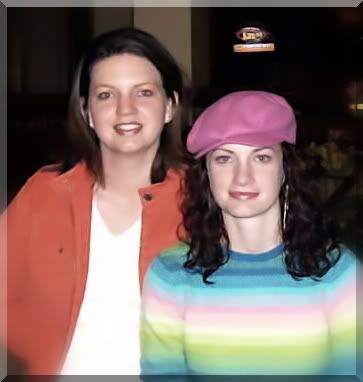 Social media means marketing departments, public relations people and CEOs have to let go. They have to let go of control. They have to let the conversation develop and dialogue take place.
Social media means marketing departments, public relations people and CEOs have to let go. They have to let go of control. They have to let the conversation develop and dialogue take place.And that. is. hard.
If your organization is not ready to open itself up to the world, but wants to dip its toe in the social media water, a couple of things will get your started.
Start monitoring conversation about your organization, key people, trends and issues. The two primary places for monitoring are Technorati and Google Blog Search.
Both services allow you to subscribe via RSS to a feed. I highly recommend Bloglines to manage your feeds. Lots of people would be just as adamant about Google Reader. The benefit to a feed reader is that you can view all your searches and commonly read blogs in one place, keeping your "favorites" folder more manageable.
Start an internal blog. You can define what "internal" means. In a pure sense it would mean internal to your organization. But you can also have an "internal" blog for members only or for your staff and board of directors.
Most blogging platforms allow you to let in or keep out who you want. Wordpress is quickly becoming the Internet standard and has lots of great options for privacy. The Intranet Journal offers this how-to on creating an Intranet via Wordpress.
The clear benefit to an internal blog is that there's still a great deal of control, but you can test systems for posting, monitoring and responding with relative security. You can also foster a blog-friendly culture that will be more open to creating an external blog when the time is right.
CIO Magazine has seven reasons to create an internal blog here.
Understanding blogging culture and social media is an important part of getting started. You'll find some great tips here at Marketing Profs (one of my favorite resources!). And Kami Huyse at Communication Overtones has two excellent posts to which I refer frequently on corporate blogging - here and here.
Need more toe-in-the-water strategies? Media Orchard offers a few additional tips here.
Take your time and be deliberate. It may be an instant medium, but when you're participating on behalf of your organization, it's important to have all your systems, policies and strategies in place before you dive in.
- Kelli
"Toes" via Flickr by Crawford 721.








